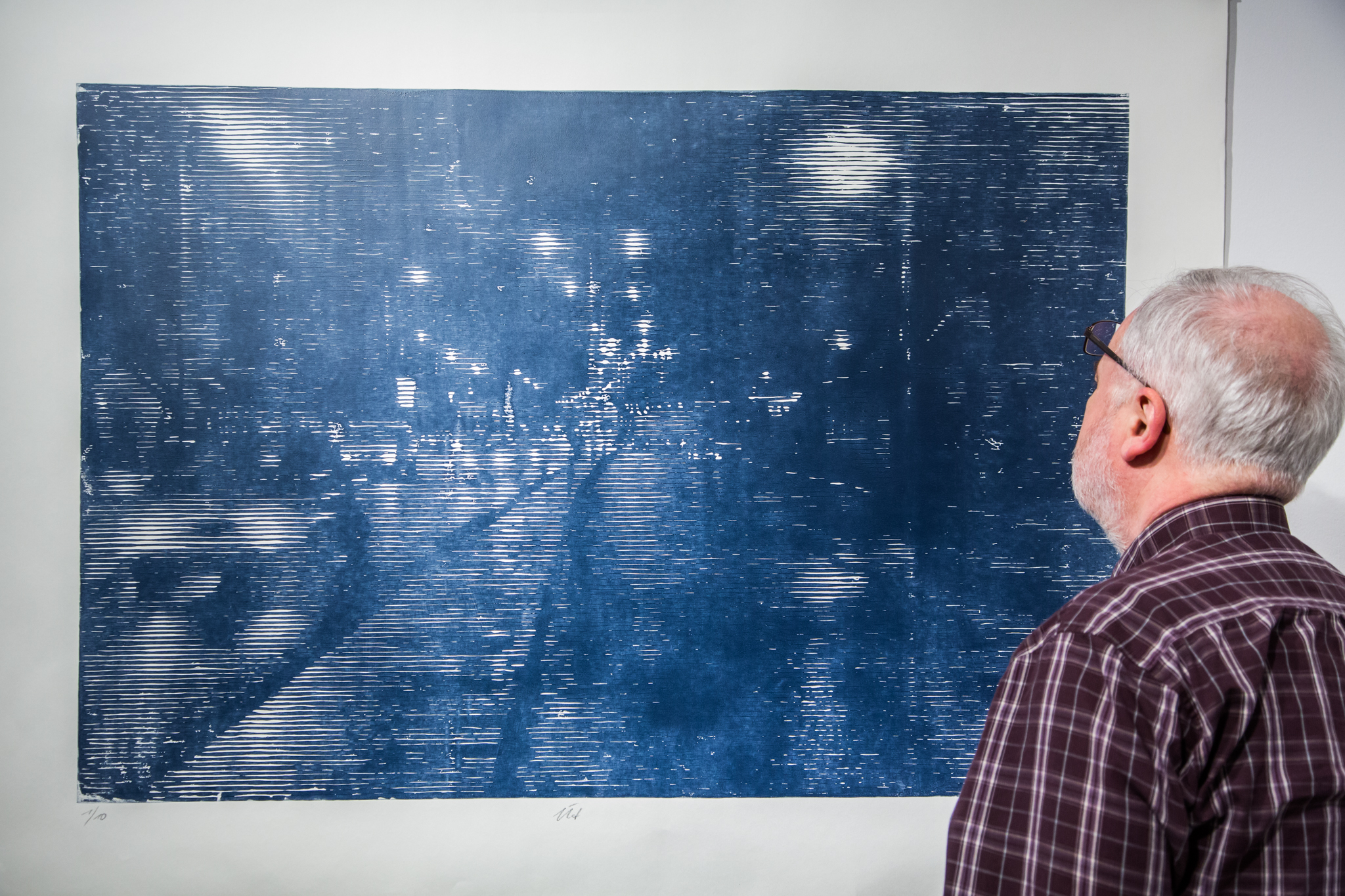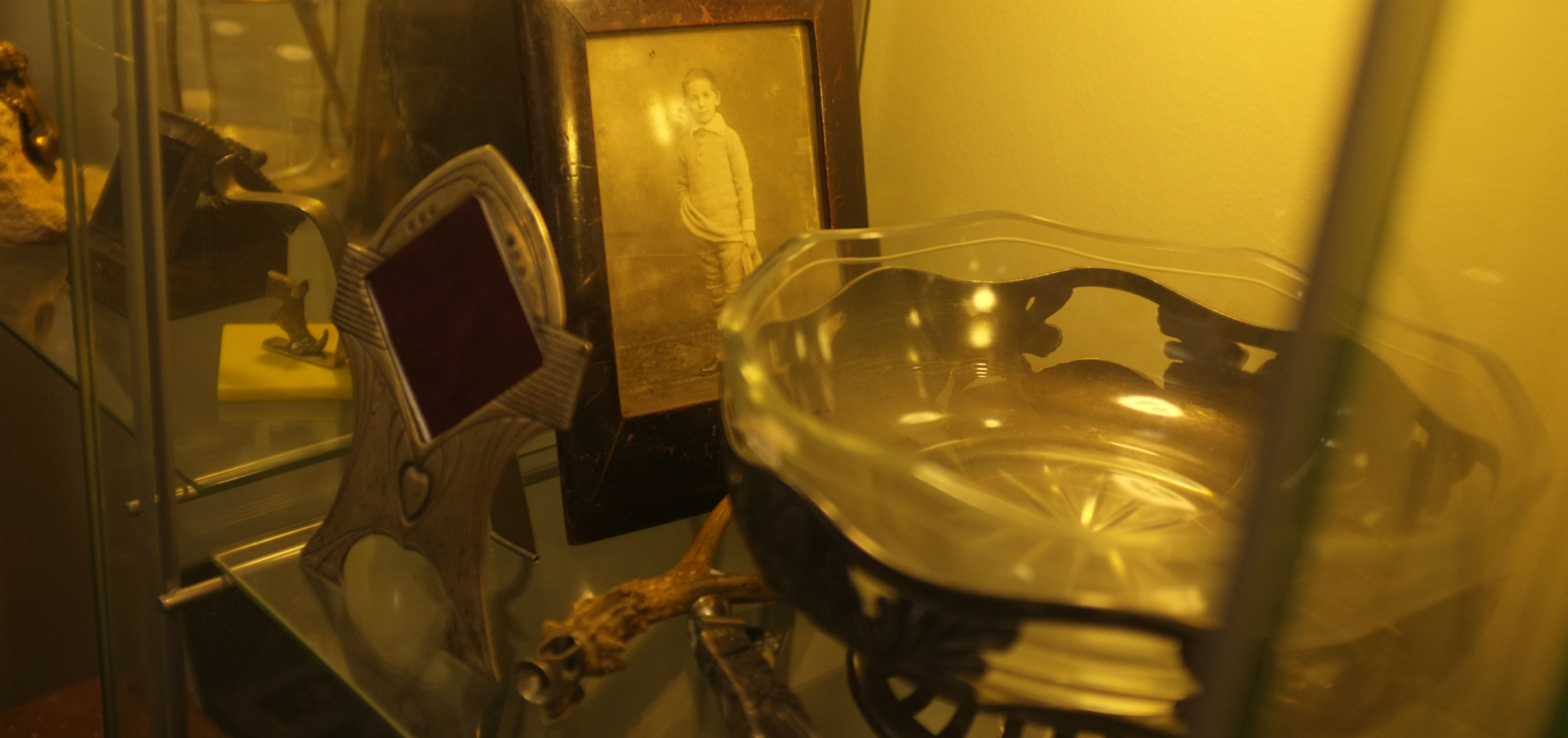
Sopianae – Ákos Bánki’s exhibition at Resident Art Budapest Gallery [photo gallery]
Monday September 11th, 2017Ákos Bánki’s 50 piece series named Sopianae was created in 2011, and with its uniform format and technique makes a well separated collection among the artist’s pictures. The 50×50 centimeter format, the uniform oil- monotype technique and the starting form tells us how disciplined the artist is while creating the pictures. The order of them can be followed without looking at their numbering, as the consistent changes between the pictures […]
Ákos Bánki’s 50 piece series named Sopianae was created in 2011, and with its uniform format and technique makes a well separated collection among the artist’s pictures. The 50×50 centimeter format, the uniform oil- monotype technique and the starting form tells us how disciplined the artist is while creating the pictures. The order of them can be followed without looking at their numbering, as the consistent changes between the pictures reflect the passing of time, the inner work of the artist as well as the changes in his mood.
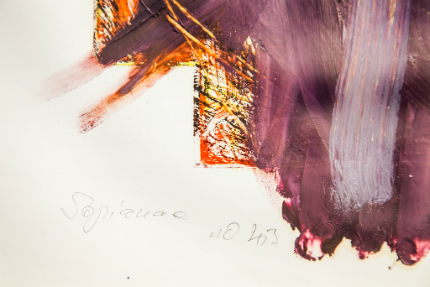
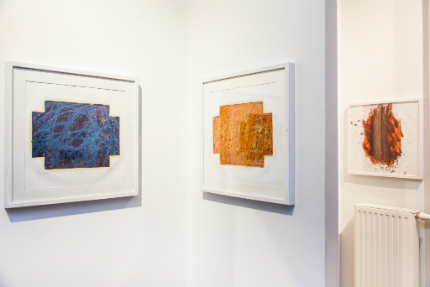
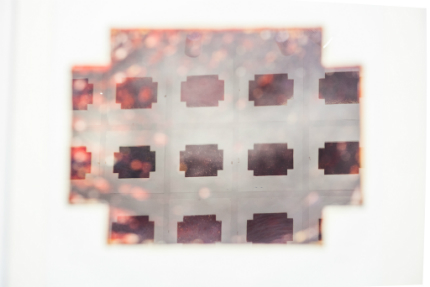
The starting frame of the series forms an ancient symbol of a cross, drawn along a vertical and horizontal axis, that recalls the transept plan of the old Catholic church, the ancient symbol of the cross, the opening of the window and the target cross as well. The self controlling, self disciplining systematic attitude implies that he’s intention is autotherapeutic. The target cross proves this interpretation, in which the creator working on himself by standing in focus.
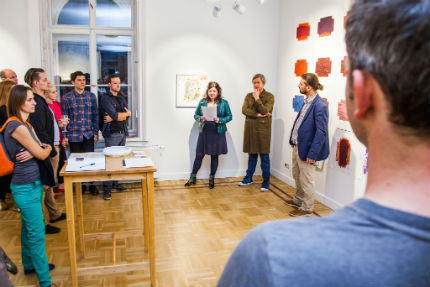
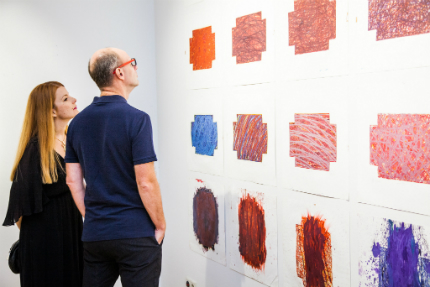
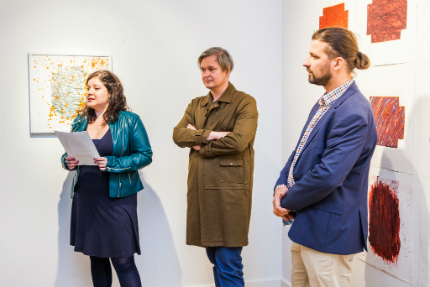
The pictures can be interpreted as a kind of diary as well, in which the individual pieces of art can stand alone too, but looking at them as part of a series and interpreting them carry more meaning and imply the possibility of our broader understanding of his intention. In the network of non stop flowing of quick, wild gestures and between the even geometrical borders of the cycle we feel great tension, that accumulates into an unsolvable contrast, so that in the last pieces of the series this unbearable tension is relieved in one explosion. In this process, Bánki set his own borders, and in this case he crosses them in the end, some more, by the explosion he destroys and eliminates them. The 50 monotype is the visual projection of momentary moods on the road, a continuous expression, that is in close relation with process art, where seeing the series together show us the process of making them, and the changes in the state of mind. Bánki’s series made in Pécs can be seen by the public first, in this exhibition.
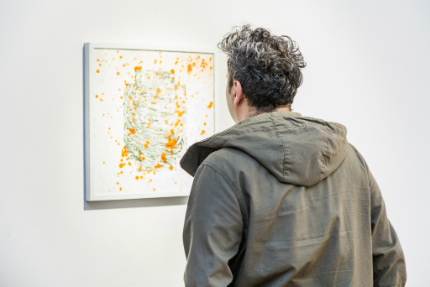
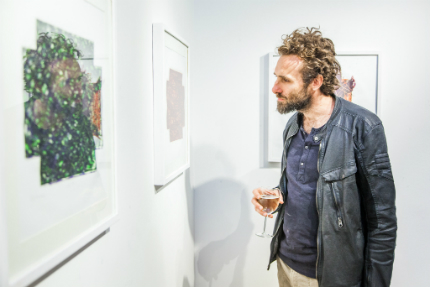
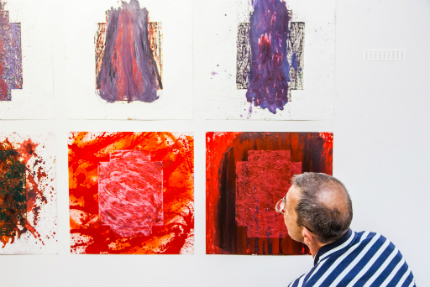
•
The exhibition was curated by János Schneller art historian, opened by Flóra Mészáros art historian and runs until 29 September 2017.
[photo: Gabi Lukács]
POST OWN PAGE >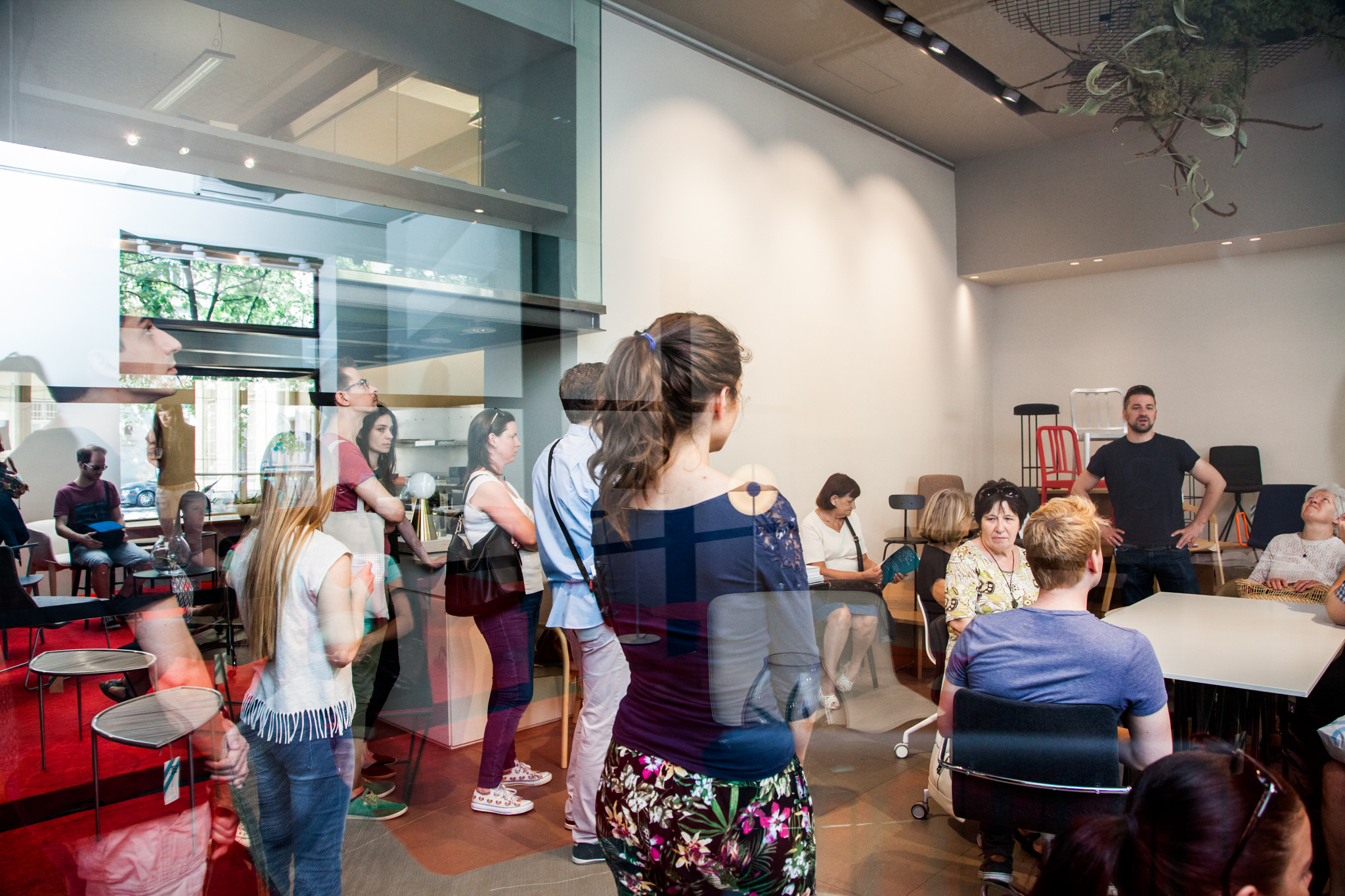
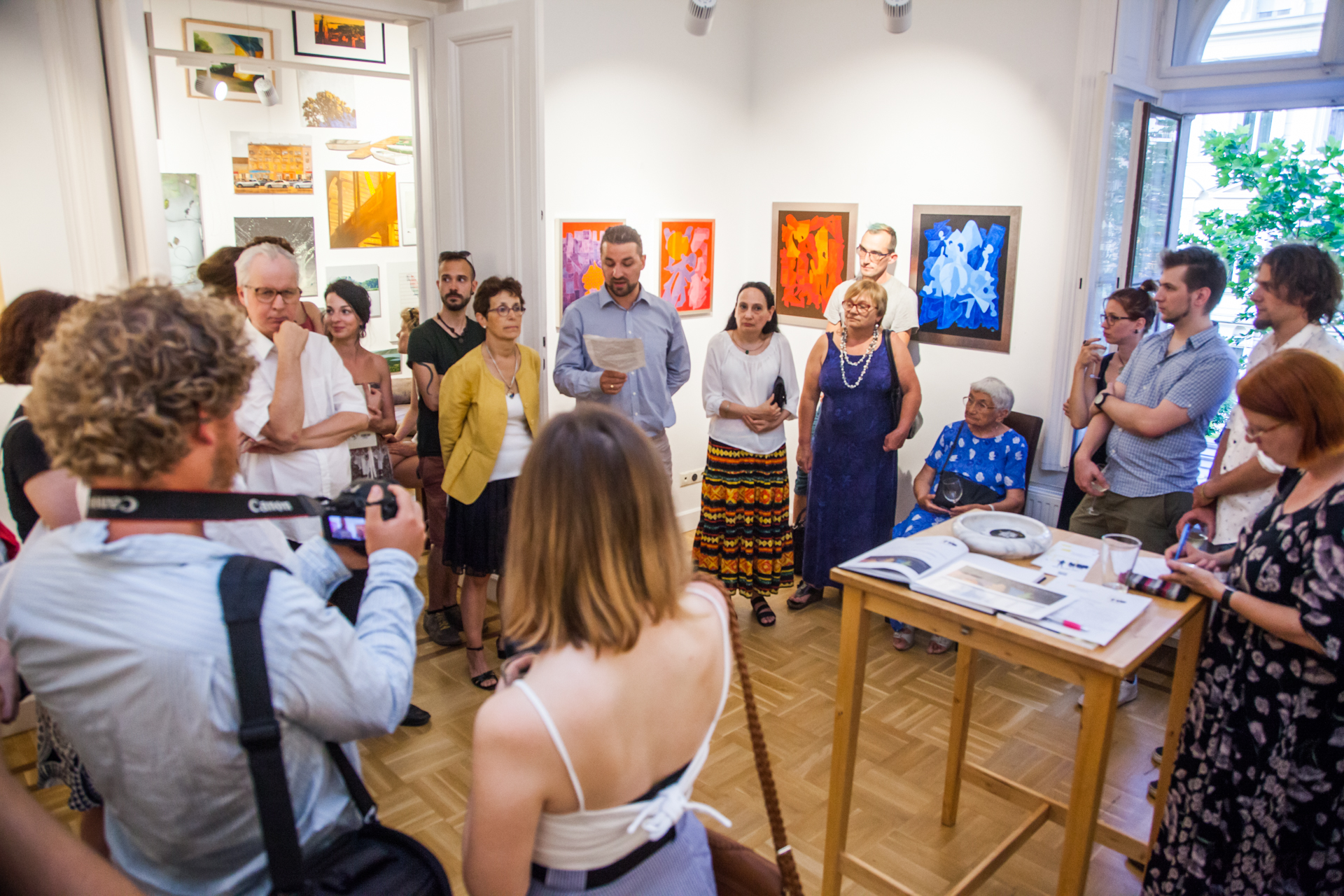

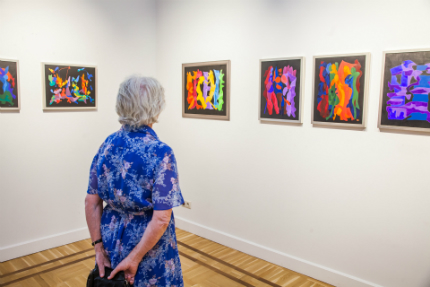
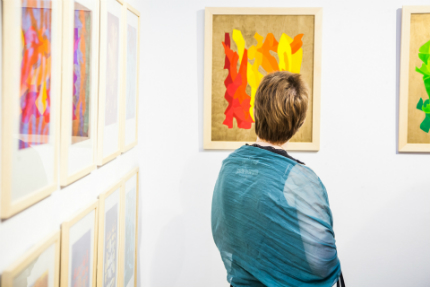
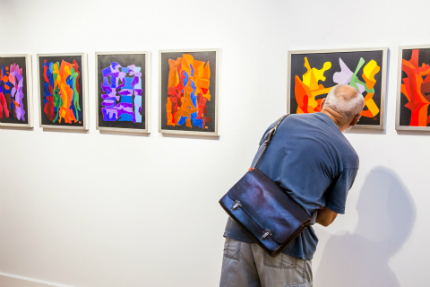
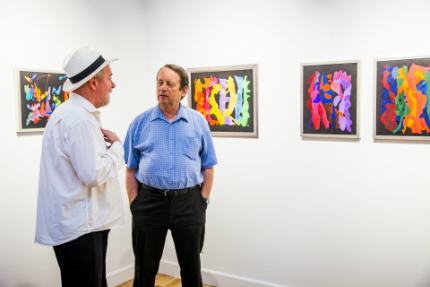
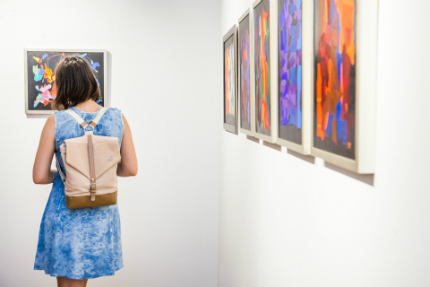
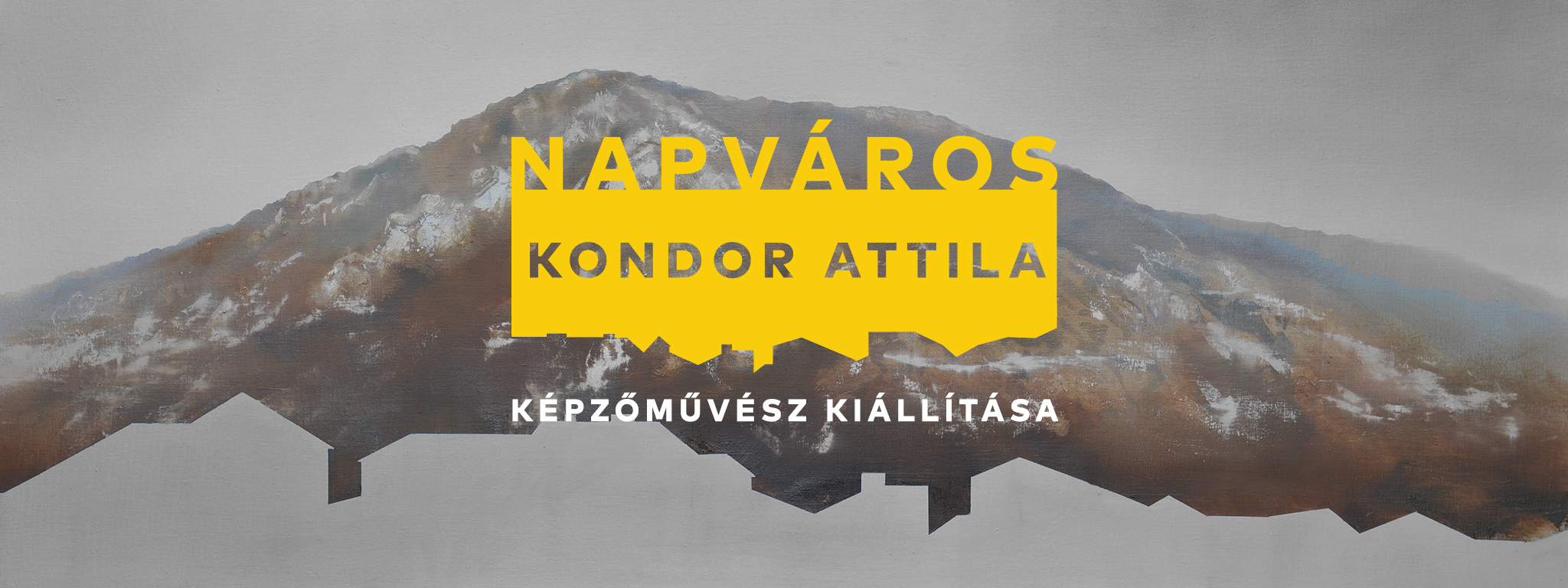
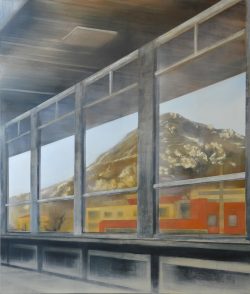 After the A38 Ship Gallery, the Kiscelli Museum Space and the B32 Gallery the next exhibition of „The Ways of Attention” project is the „Sun-city” which is going to be on show in Resident Art Budapest Gallery until the middle of June. The paintings, graphics and animations complement each other and lead the viewer to a contemplative observation. The moving and standing images effect the senses and propose questions at the same time which through the perception of art opens the way for self-reflection and our ultimate questions.
After the A38 Ship Gallery, the Kiscelli Museum Space and the B32 Gallery the next exhibition of „The Ways of Attention” project is the „Sun-city” which is going to be on show in Resident Art Budapest Gallery until the middle of June. The paintings, graphics and animations complement each other and lead the viewer to a contemplative observation. The moving and standing images effect the senses and propose questions at the same time which through the perception of art opens the way for self-reflection and our ultimate questions.